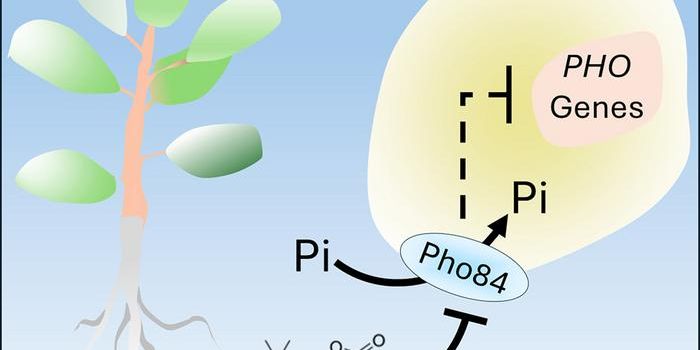The implications of electrifying aluminum are huge
What fun it is to be a scientist! That’s what researchers from The Ohio State University must have been thinking throughout their recent endeavors to electrify aluminum. And upon succeeding, they’ve discovered a way to make industrial manufacturing processes cheaper and more efficient! Their results are published in the Journal of the American Chemical Society, wherein they detail how converting triphenylphosphine oxide into triphenylphosphine can be done faster.
Triphenylphosphine is a key chemical for many manufacturing processes that synthesize materials for medications, fertilizers and other important substances. By streamlining the production of triphenylphosphine, these processes could become much more efficient and also potentially cut out toxic substances like phosgene that are currently used in manufacturing this chemical.
"It might make it easier or cheaper to produce certain medications, materials, agrochemicals -- essentially all organic synthesis," said senior author Christo Sevov, who is an assistant professor of chemistry at The Ohio State University. "Nobody wants to use phosgene -- it's incredibly toxic -- but you need to use it in order to reactivate the chemicals -- and you need a lot of it," Sevov said.
These processes depend on phosgene for its high energy, which is needed to convert triphenylphosphine oxide to triphenylphosphine. This gave Sevov and his colleagues the idea that they could eliminate phosgene from the process by providing another source of high-energy, in this case, an electrical charge through an aluminum container.
"We just cut the top off an aluminum soda can and poured everything we needed in there. Then we clipped a couple of electrical leads to the wall of the can and then that was the electricity we needed to make the conversions," Sevov said.
As Science Daily reports, “Doing so provides enough energy to allow aluminum to break one of the chemical bonds in triphenylphosphine oxide -- essentially, to strip oxygen away from that molecule -- and to leave behind just triphenylphosphine.”
It sounds too simple to be right, doesn’t it? But that’s the genius of it, according to Sevov. By reducing the number of steps in the conversion process, it cuts down on costs and unwanted by-products like carbon dioxide. And all without using toxic chemicals! Sevov and his team hope their findings will have real-world impacts on manufacturing practices in the near future, saying that electrifying aluminum is the next big step for industries – but don’t try it at home, kids!
Sources: Journal of the American Chemical Society, Science Daily









